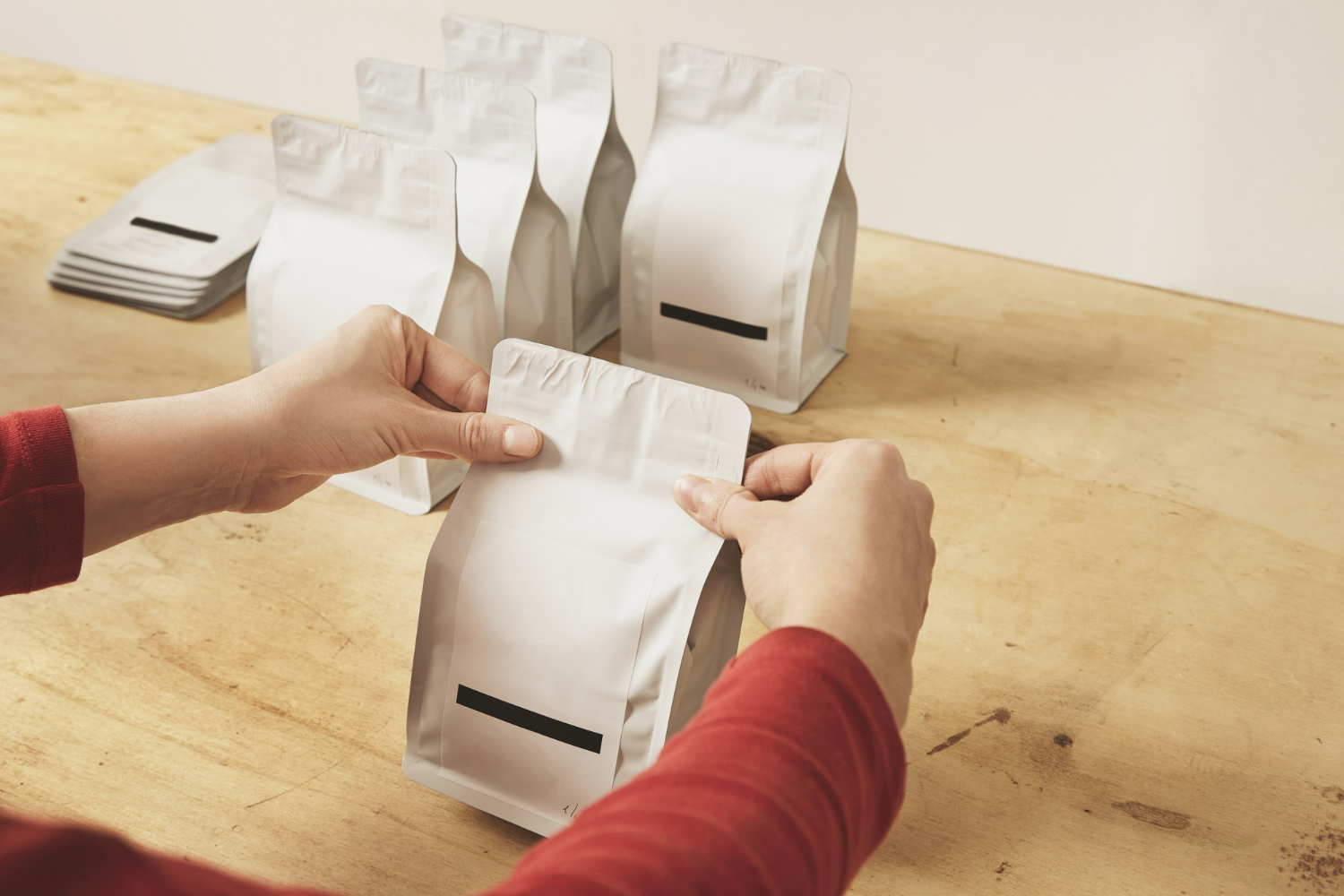First impressions matter. Package design differentiates brands in retail, where hundreds of things compete for customer attention. Packaging is your key selling point since it shows your brand and products most clearly. Packaging boosts brand identification and equity. Thus, with items like wholesale grazing boxes, how can you stand out and excite a consumer in seven seconds? These 10 strategies can help your products captivate shoppers on shelves and displays.
1. Location Matters
Your company’s plan hinges on understanding your customers and what you are creating around them. You sold what? Does your ingenious idea suit the available space? consider shelves and consumers. Will your goods just find a place on computers, cellphones, supermarket shelves, or bargain racks? See your shipment at a store. Would mixed plastic packaging from handcrafted stores?
2. Use Colour Psychology’s Power
Colours and strong connections impact customer decisions. Consumers unconsciously react to different packaging colours. Colours fit various people. This makes colour perception dubious, even if you could choose a colour based on broad criteria. Pay close attention, as peripheral vision best reveals this shade. Red stands for passion, speed, and rage. Red packaging might set your items apart. Red doesn’t suit every market or product. Previous categories were based on colour. Blue menthol, natural green foliage. Different cultures have different connotations for colours. Change the hue for export sales.
3. Applied Architectural Elements
Business owners and their designers should make sure form, attractiveness, and, most importantly, function are achieved when selecting a package design. Architectural ideas may help one understand how people react to a product depending on its form, use, and appearance. A well-executed design that makes use of architectural aspects guarantees, for example, that the container is strong, stands upright, and appears aesthetically pleasing. Though it should fit well among other items on the shelf, a good design should be distinguished by curves, symmetry, and colour.
4. Attract and Avoid Distractions
Consumers don’t have time to read every word of product descriptions. Package design should accurately represent the product and brand. Contents, use, and requirements should be straightforward yet brief since consumers cannot digest a lot of material at once. Customers spend 1.9 seconds on average at a shelf before deciding to purchase and turning on the next one, according to studies. Fewer details attract buyers. Include your USPs in your package design. Highlighting the brand, business logo, and product name is usually enough.
5. Design with Honesty
Today, consumers are increasingly mindful and smart about their purchase choices. Most of them can only relate to companies that are real and honest. You are misrepresenting and finally preparing a buyer for disappointment if you are glitzing a product with significant post-production tweaks that make it appear ten times better than it is. Connecting and resonating with customers depends critically on your being honest. As long as consumers know what they are purchasing, they like basic, reasonably priced goods.
6. Track Trends but Design for Seasons
Businesses have to investigate new consumer preferences and follow packaging trends. You seldom have to adjust your packing. Seasonal packaging guides relevance and variation in design. List the seasons when consumers could find usage for your goods. Marketing a barbeque for outside use? One may look at a July package makeover with a summer motif. Think of holidays like Father’s or Mother’s Day, Thanksgiving, or Christmas and create a tailored product line for them.
7. Introduce Limited Editions
Plan designs for limited editions while building packages. Individuals like gathering. According to scientific studies, some brain regions light up when initially collecting related objects. When the participants find a unique object that maybe distinguishes them from their peers and might get appreciation and respect from colleagues, the excitement is even more raised. Playing to the uniqueness of an article with a limited-edition package design helps you harness this natural human habit. Driven by their need to gather unique objects, these limited-edition goods attract consumers to buy them.
8. Design for Reusability
Sustainable packaging grows in importance. More customers want to tackle pollution, landfill trash, and global warming. Thus, many favour eco-friendly packaging. Over half are willing to pay extra for such things. When “going green,” corporate managers should realise that eco-friendly packaging extends beyond consumer appeal. Changing the environment is key. Consider the packaging lifespan. Would the packaging be used afterwards or just during the sale? Can customers recycle non-product packaging? Diamond gift boxes or canvas bags for skincare kits will likely be reused. Reusability boosts product value.
9. Design with Cohesion
If your company offers many goods on the same line, you have to use packaging that will make them seem to be linked. They need not be exactly alike. Keep one or two design components constant. If you have to switch colours depending on variation, then always maintain a pattern or a symbol. For whatever you do, consistency is vital. For instance, a consistent presence throughout social media platforms—including in photographs of your product packaging—can boost income by 23%. The degree of brand awareness depends on your package design, so consistency in it helps improve it.
10. Avoid Cutting Printing Quality
From the beginning of the design process, printing has to be taken into account if one wants a good outcome. Even with a great design, a bad package print will make all the difference. Value your choice of packaging printer. Select professionals in package printing to deal with. Get test prints to assess printed goods always. Recall that the first communication consumers get before making a purchase is the packaging of products. Give the message a distinctive and unforgettable quality.
These ideas in package design can help you guarantee that your items have great shelf appeal. Whether you are selling a fantastic wholesale grazing box or a new digital device, the correct package design can greatly improve the exposure and appeal of your offering to potential consumers.

